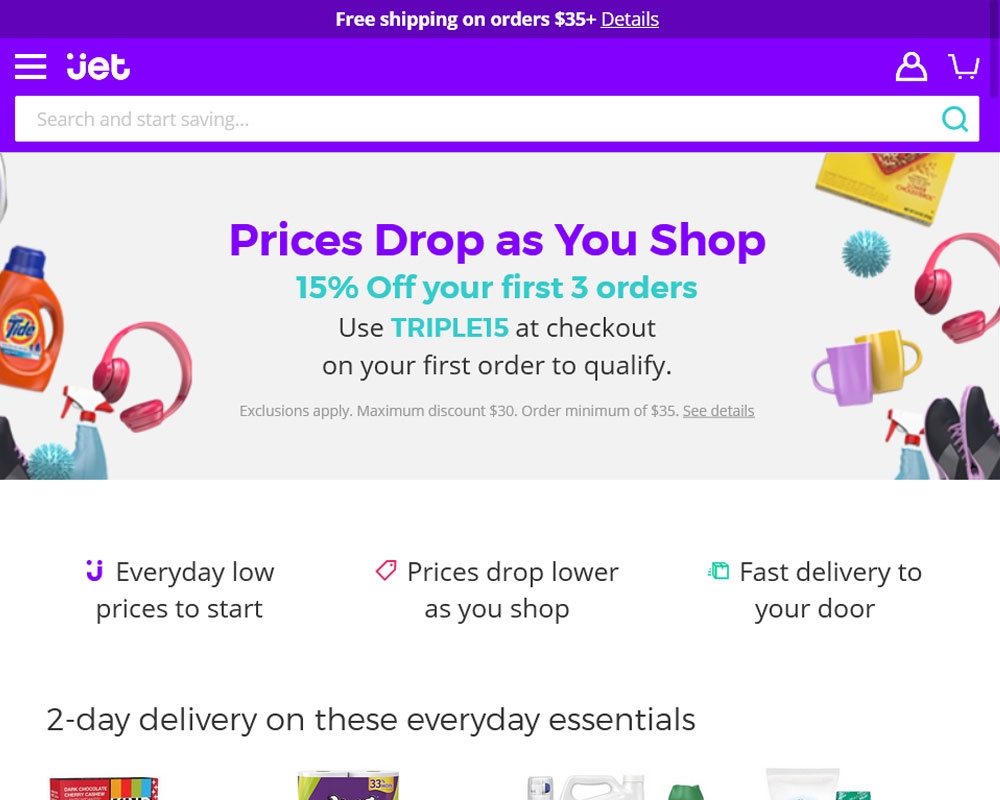What is WordPress Multisite?
You probably have heard of WordPress at one time or another, your company or personal site might even run on it, but you might not have heard of WordPress Multisite. Multisite is a very useful feature of WordPress that allows you to create a 'network' of sites, all running off of one WordPress install. Furthermore, it allows you to use sub-domains, sub-directories, or custom domains that point to each separate 'site'. As the network administrator, or Super Admin, you can limit the scope of individual site administrators only allowing certain plugins, themes, etc.; essentially creating your own "WordPress.com".

This can be extremely useful for companies that want to roll out individual sites for each of their locations, or parent organizations that want individual sites for their companies. The individual sites in Multisite can be as similar or as distinct as you would like; and the management/maintenance of them all is reduced to that of a single website. This can be a very effective way to reduce the overall time and budget spent managing and updating your multiple WordPress sites.
From a fiscal side - deploying sites via a WordPress Multisite installation can also be more cost effective. While traffic and space requirements are hard to gauge, the server space required to run Multsite is much smaller compared to running the same number of sites, each with their own WordPress installation. Deployment of a site is much easier: using the Domain Mapping plugin, you can set up a new domain for a site in a few minutes (with no technical knowledge), and management/updating is streamlined, as a single update effects all sites in the Multisite network.
Looking for some more resources for WordPress Multisite:
- WordPress Codex - Create A Network
- Mashable - Beginner's Guide to Multisite
- WP Beginner - What is Multisite
If you are interested in discussing a WordPress Multisite deployment for your organization or company, let us know via our contact page.
 Pure Oxygen
Pure Oxygen 
